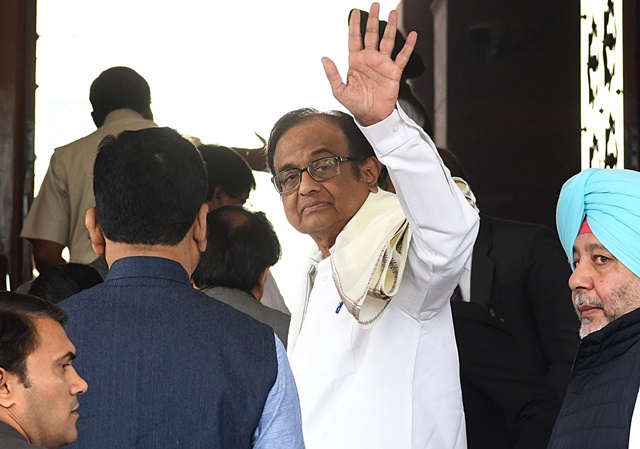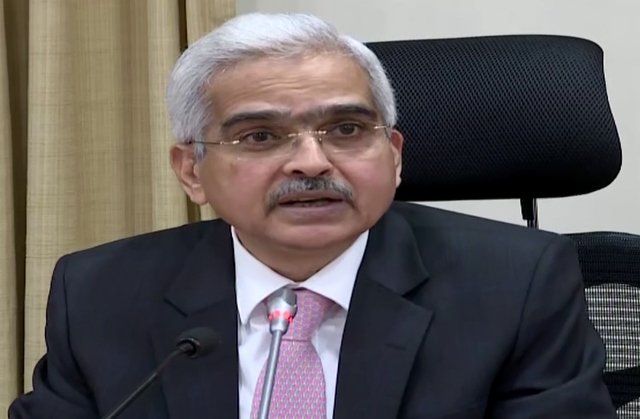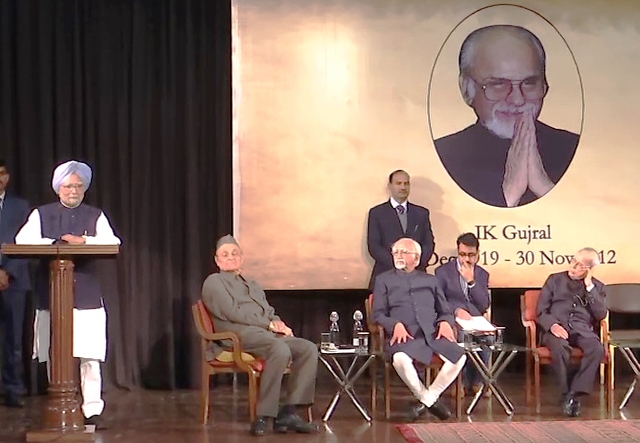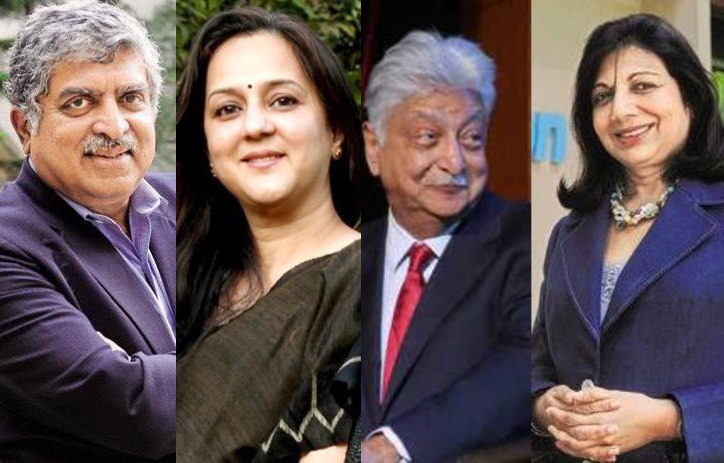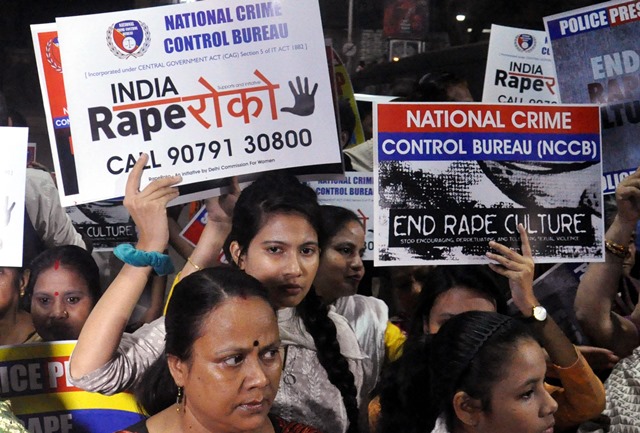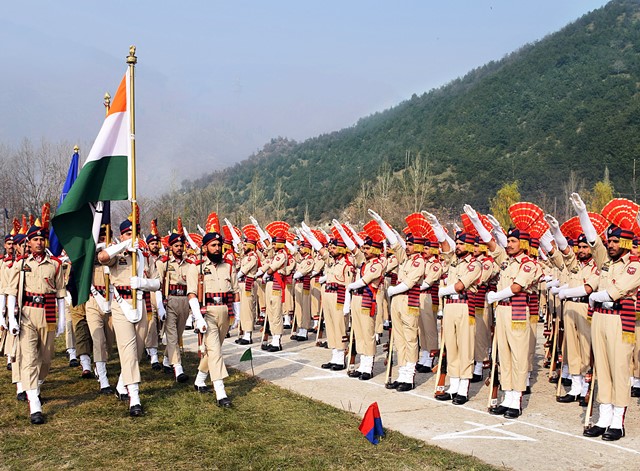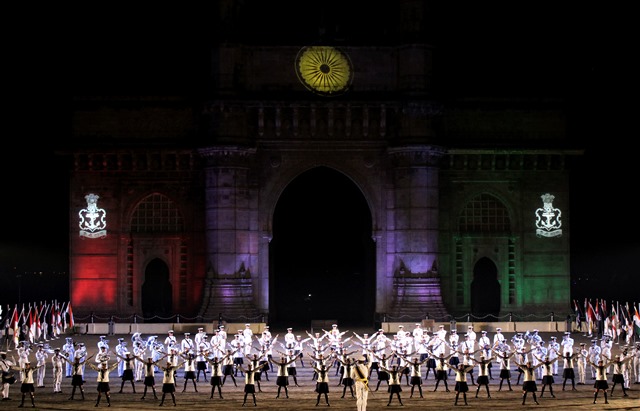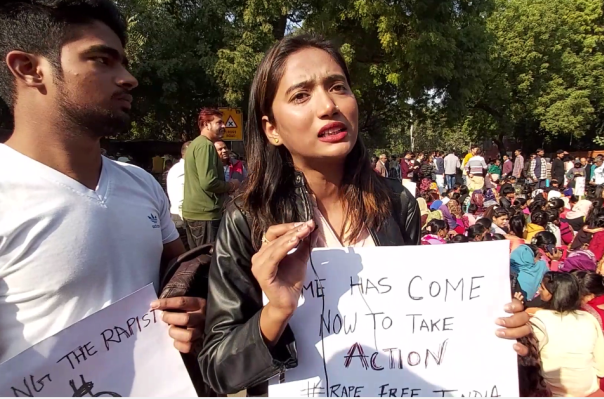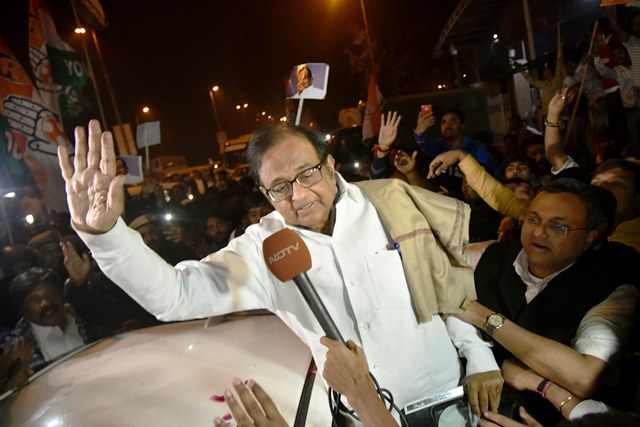For a good spell of years, Andrew Carnegie
was ahead of John D Rockefeller in terms of individual wealth. This happened
following Carnegie’s disposal of Pittsburgh Carnegie Steel Company, which he
built in a rare display of vision of a strong industrial America, with the
money he made from his investments in a wide range of businesses. But not that
much for his pioneering business and industrial activities, the
Scottish-American migrant who died in August 1919 at the ripe age of 83 will
continue to be gratefully remembered for using most of his wealth to promote
education, scientific research and art and culture. Not only is his
philanthropy at today’s value worth over $65 billion, benefiting a large number
of prestigious institutions, mostly in the US, but also outside Carnegie
benefaction is not to be overshadowed by the humanitarian work sans borders by
the greatest Samaritans of our times Melinda and Bill Gates.
Carnegie’s vision is written all over in
Carnegie Hall in New York, Carnegie Institution of Science and also notably
Carnegie Mellon University, which proves beneficial for many south Asians.
Andrew Carnegie of his times or a Bill Gates or a Warren Buffett of modern
times creates waves of philanthropy inspiring others to part with their wealth
for betterment of society. What precisely Gates-Buffett do with their money is
to work particularly in areas of health (including fighting of diseases such as
AIDs,) education and sanitation that remain beyond the capacity of governments in
least developed and developing countries to attend well.
Carnegie’s famous “The Gospel of Wealth”
inspired many in the US to follow in his footsteps to do good to society using
most of their wealth in a variety of ways. “The Giving Pledge” campaign
launched by Melida and Bill Gates is universal in that it has secured
commitments from over 200 individuals/couples living in different countries
that major portions of their wealth will be used for philanthropic causes. We
have only four Indians – Azim Premzi of Wipro, Kiran Mazumdar Shaw of Biocom,
Rohini and Nandan Nilekani (one of Infosys founders) and real estate tycoon PNC
Menon – to have signed The Giving Pledge. Definitely not an inspiring show when
the number of Indian billionaires was 141 in 2018, according to the German statistics
portal Statista.
Thankfully, though not a signatory to the
pledge, billionaire and chairman of HCL Shiv Nadar is committed to spend $1
billion through his foundation with the focus on building a strong
infrastructure for education. What is globally known is besides the declared
income, many Indians have undeclared enormous wealth, both within and also
stacked outside the country but for reasons, which can only be guessed the
owners of such wealth shy away from doing philanthropy. What a waste of wealth
from which the country and its people don’t benefit.
But then Rohini Nielkani talks about
exercising the Indian “philanthropic muscle” a great degree more breaking the
“trust deficit” that exists. She says: “There is a lot of philanthropic capital
all dressed up and with nowhere to do, largely because of the trust deficit.
How do you give, who do you give to, how do you get impact? You still don’t
feel very sure, because of which many of us just land up creating our own
organisations, trying to create the change ourselves. I believe that a
healthier thing is when the donors (read super wealthy) find enough channels to
give through so that there is no burden of doing things themselves.” Not every
super wealthy is a Melind or Bill Gates with the intent and capacity to build
an organisation to do philanthropic work. Warren Buffett certainly believes that
his wealth when channelled through Gates Foundation will yield better results
than anything that he might himself attempt. Rohini finds the Indian philanthropy
at an exciting stage with the development of an ecosystem for philanthropy
along with the idea of giving.
Whatever Rohini may have to say on the
subject, the fact remains while wealth levels of Indian elite – businessmen and
professionals – are making impressive advances, this has not been matched by
commensurate charitable giving. The sad fact is while members of India elite
here have never been as well exposed to Western education and way of living as they
are now, their philanthropic quotient are way below their peers in the West.
In discussions on philanthropy, generally
only the rich will figure. Individuals ordinary in terms of wealth but
extraordinary in disposition in charitable giving of almost everything that
they have saved diligently over lifetime are not small in numbers in India. The
rich have a tendency to build hospitals and educational institutions, which
they will name after themselves or their parents under the guise of charitable
cause but ensure at the same time that these are run for profit. A branch of
the once second richest family in India runs their schools, colleges and
hospitals strictly as business. In contrast, you have this 71 year old
Chitralekha Mallik, a retired professor, who driven by the joy of giving has so
far donated Rs97 lakh to support several causes dear to her heart.
For a teacher coming from a humble family – her father taught at a school – making charity of this scale means she has scrupulously avoided spending any money on herself. Chitralekha lives spartanly in a single room apartment on the outskirts of Calcutta. Though she has difficulty in walking following meeting with an accident in 1994, she is brave enough to travel by bus to Jadavpur University where she gave Rs50 lakh for institution of a research scholarship in memory of her late teacher and PhD guide Pandit Bidhubhusan Bhattacharya and another Rs6 lakh to support a student scholarship in the name of Bhattacharya’s wife. These two besides, Chitralekha has supported some other worthy causes.
Chitralekha, who has made a vow to “give all that I have,” told The Telegraph of Calcutta: “There are two ways through which you can be content. One is by spending on yourself. The other is by distributing what you have among the needy. The latter has been my guiding principle. This is also the lesson of Upanishad.” Her life is an outstanding example of selflessness.
